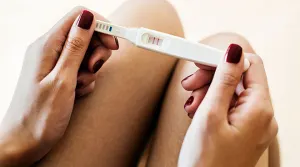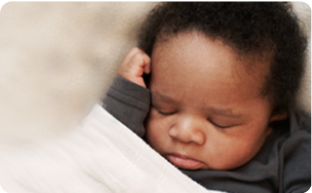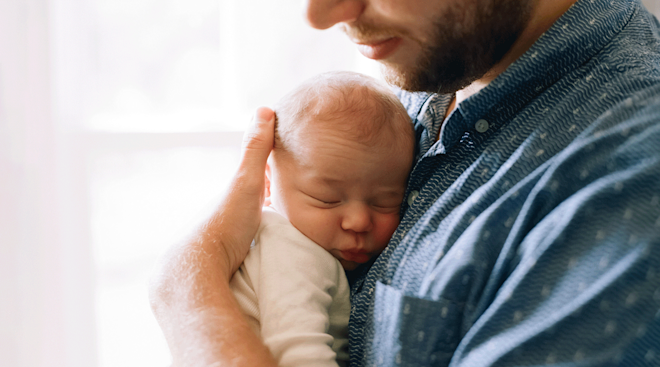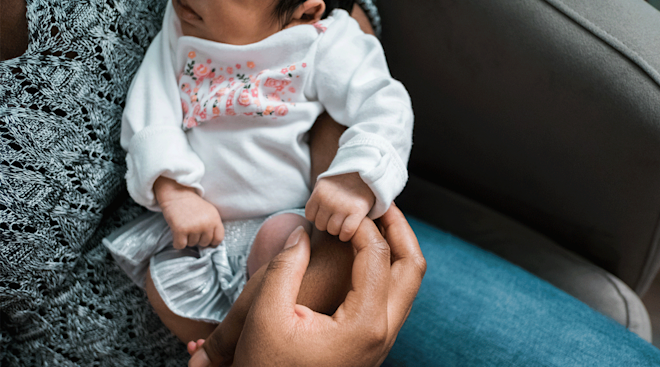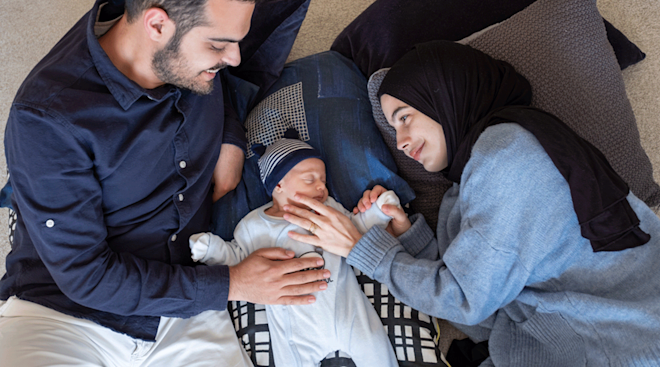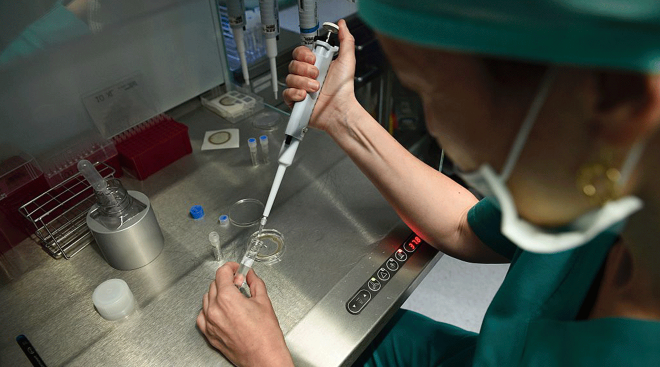For the First Time, More Babies Are Born to Women Over 40 Than Teens
For the first time in U.S. history, more babies are being born to women over 40 than to teenagers.
If that sounds like a big shift, it is. According to a new report from the Centers for Disease Control and Prevention (CDC), teen births (births to women under 20) have been steadily declining for decades—dropping a whopping 73% since 1990. Meanwhile, births among women 40 and older have surged 193% during that same time. In 2023, 4.1% of all births were to women over 40, just edging out teen births at 4.0%.
The report also shows that the overall number of births in the U.S. is on the decline. Between 1990 and 2023, total births dropped by 14%, falling from over 4.1 million to just under 3.6 million. Much of that decline is tied to fewer young people having babies. Outside of a drop in teen births, births to women ages 20–24 dropped 44%, and those among women ages 25–29 declined by 23%.
At the same time, later in life motherhood is on the rise. Births to women ages 30–34 grew by 24% over that period, while births among women 35–39 nearly doubled with a 90% increase. As a result, the age distribution of parents has shifted significantly. All told, women 30 and older now account for just over half (51.4%) of all births—up from just 30.2% in 1990.
The data reflects what many families already know: There’s no one “right time” to have a baby. With more people focusing on education, careers, financial stability, and finding the right partner, the decision to start or grow a family is happening later—and that’s becoming increasingly common.
Advances in fertility treatments have also made later parenthood more possible than ever. And thanks to expanded prenatal care and ongoing research, healthcare providers are now better equipped to support healthy pregnancies at every age.
Navigate forward to interact with the calendar and select a date. Press the question mark key to get the keyboard shortcuts for changing dates.















